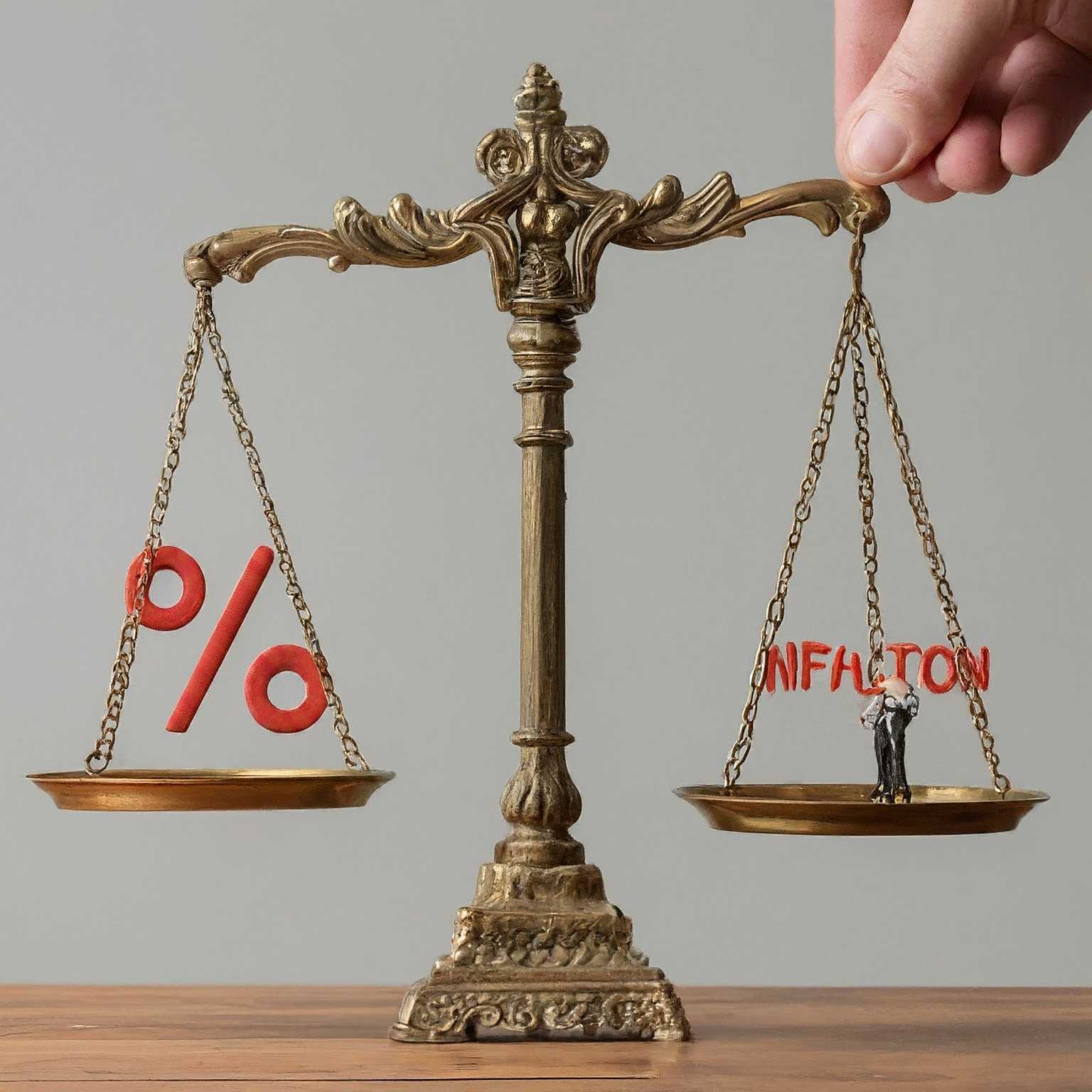Introduction
Monetary policy is a crucial economic tool employed by governments and central banks to control the money supply and achieve macroeconomic objectives such as controlling inflation, consumption, growth, and liquidity. It involves the management of interest rates and other financial instruments to regulate economic activity. This article delves into the intricacies of monetary policy, exploring its history, key factors, benefits, and reasons for its adoption by countries worldwide.
Definition and Purpose of Monetary Policy
Monetary policy refers to the process by which a central authority, typically a central bank, manages the money supply and interest rates to achieve specific economic goals. These goals often include controlling inflation, managing employment levels, stabilizing the currency, and fostering conditions for economic growth. The primary tools of monetary policy include open market operations, discount rates, and reserve requirements.
History of Monetary Policy
The concept of monetary policy has evolved significantly over the centuries:
- Early Beginnings: The earliest forms of monetary policy can be traced back to the establishment of the first central banks, such as the Bank of England in 1694. These institutions were initially created to finance government debt but gradually took on roles related to monetary stability.
- Classical Gold Standard (19th Century): During the 19th century, many countries adopted the gold standard, linking their currencies to a specific amount of gold. This system provided long-term price stability but limited flexibility in responding to economic crises.
- Great Depression (1930s): The Great Depression highlighted the need for active monetary policy. Central banks began to use open market operations and interest rate adjustments to manage economic downturns.
- Post-World War II Era: The Bretton Woods system established a new monetary order with the US dollar as the central reserve currency, pegged to gold. This system lasted until the 1970s when it collapsed, leading to the modern era of fiat currencies.
- Modern Era: Since the 1980s, central banks have increasingly focused on controlling inflation. The adoption of inflation targeting frameworks, where central banks aim for a specific inflation rate, became widespread.
Key Factors Influencing Monetary Policy
Several factors influence the formulation and implementation of monetary policy:
- Inflation: Central banks closely monitor inflation rates and adjust monetary policy to maintain price stability. High inflation often leads to tighter monetary policy, while low inflation can prompt easing measures.
- Economic Growth: Policymakers aim to foster sustainable economic growth. During periods of sluggish growth, central banks may lower interest rates to stimulate borrowing and investment.
- Employment: Many central banks have a dual mandate to promote maximum employment. This can involve using monetary tools to influence job creation and reduce unemployment.
- Exchange Rates: Exchange rate stability can be a goal of monetary policy, especially in countries with significant trade exposure. Central banks may intervene in foreign exchange markets to stabilize their currency.
- Financial Stability: Ensuring the stability of the financial system is a critical concern. Central banks monitor and regulate banks and financial institutions to prevent systemic risks.
Benefits of Monetary Policy
Monetary policy offers several benefits:
- Inflation Control: By managing the money supply and interest rates, central banks can keep inflation at manageable levels, preserving purchasing power.
- Economic Stabilization: Through countercyclical measures, monetary policy can smooth out economic fluctuations, reducing the severity of recessions and preventing overheating during booms.
- Employment Support: Effective monetary policy can help maintain high levels of employment, contributing to overall economic well-being.
- Financial Market Stability: Central banks can address liquidity shortages and stabilize financial markets during crises, preventing wider economic disruptions.
- Promoting Confidence: Stable monetary policy fosters confidence among investors, businesses, and consumers, leading to more predictable economic environments.
Why Countries Use Monetary Policy
Countries adopt monetary policy for several reasons:
- Economic Management: Monetary policy is a powerful tool for managing economic performance, allowing governments to address inflation, unemployment, and growth.
- Crisis Response: During economic crises, such as the 2008 financial crisis or the COVID-19 pandemic, monetary policy provides a means to inject liquidity, lower borrowing costs, and stabilize the economy.
- International Competitiveness: By influencing exchange rates, countries can make their exports more competitive, boosting economic growth.
- Sovereignty and Independence: Monetary policy allows countries to retain control over their own economic destiny, independent of external influences.
- Long-term Planning: Through consistent and transparent policy frameworks, countries can create stable environments conducive to long-term planning and investment.
Conclusion
Monetary policy is a cornerstone of modern economic management, playing a vital role in achieving macroeconomic stability and growth. Its evolution reflects a deepening understanding of economic dynamics and the importance of proactive management. By carefully adjusting the money supply and interest rates, central banks can influence inflation, employment, and overall economic health, ensuring stable and predictable economic environments. As global economic conditions continue to evolve, monetary policy will remain a critical tool for governments and central banks worldwide.









